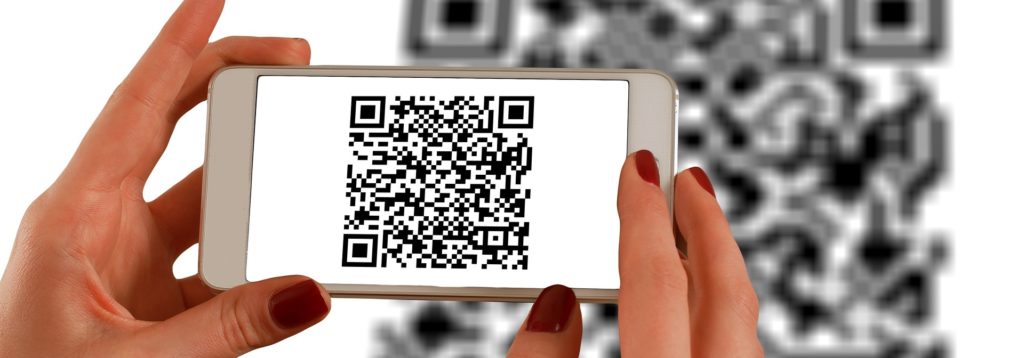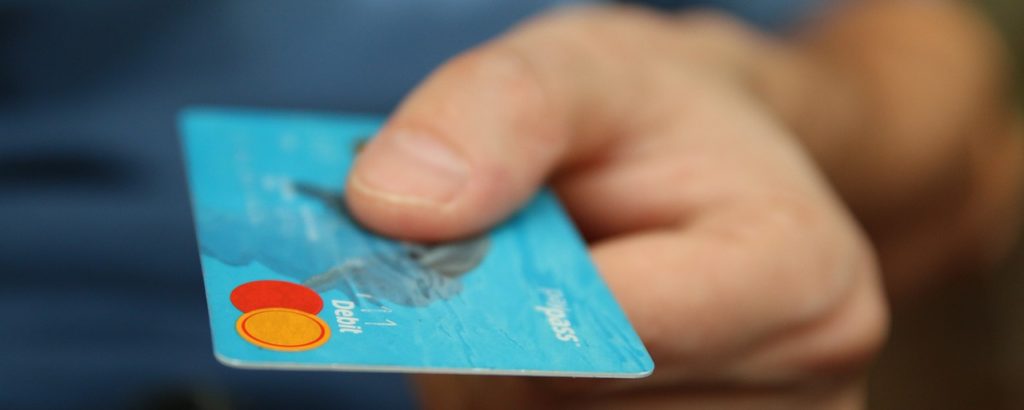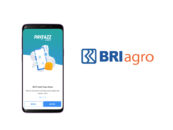Indonesia is slowly moving away from its dependency on cash as startups, banks, and telcos alike are all introducing new types of card-based and mobile money.
Some of them are forcing consumers into their ecosystems. For example, the country made it mandatory to pay for toll roads with e-cash cards at automated gates.
Five different types of cards are accepted at these toll gates, including Bank Mandiri’s E-Money card and and Bank BCAs Flazz. Mandiri and BCA are Indonesia’s two largest banks.
In some malls, paying for parking requires downloading a mobile wallet app. Visitors have complained about getting stuck in a mall parking lot because they had trouble installing the app that’s mandatory to pay there. Consumers are forced to stock up on multiple cards and wallets if they want to use a variety of services.
 Fintech News spoke with Smartpesa’s CTO Thorsten Neumann, who is a long-time observer of payments systems in the African continent and Asia, about his perspective on Indonesia’s payments landscape. Smartpesa is a white-label payments service that partners with Visionet in Indonesia, a subsidiary of the Lippo Group conglomerate.
Fintech News spoke with Smartpesa’s CTO Thorsten Neumann, who is a long-time observer of payments systems in the African continent and Asia, about his perspective on Indonesia’s payments landscape. Smartpesa is a white-label payments service that partners with Visionet in Indonesia, a subsidiary of the Lippo Group conglomerate.
Why do we see this growing fragmentation in the Indonesian payments ecosystem?
The issuer side is fragmenting because technology barriers are breaking down. New licenses, such e-money licenses, are being issued. The pie is huge and everybody is chasing it.
If each has a few million users, it makes it worthwhile. Each also plays to a specific demographic of market segment. The upper end does not use mobile money, the lower income group does not use credit cards.
Who are the most relevant players in Indonesia?
Some of the popular cashless payment options are debit card systems like BCA Paspor, and other local debit cards networks such as Prima, Alto, and Artajasa. There are card-based e-money solutions like Flazz and Mandiri, and mobile wallets like OVO and Go-Jek.
What’s important for the success of new payments solution?

Right now, it’s mostly about marketing. Anybody with funding and deep pockets can create their own standard, like contactless, or QR code, and sign up the most customers. The platform with most users wins because of critical mass.
Investors are spending heavily to win customers. For users of the OVO wallet (which belongs to Lippo Group) parking is only Rp 1 at Lippo parking lots. Grab offers $3 discount on meals, and $5 discount on the next taxi booking just for using GrabPay. Consumers run after the deals, but as soon as the deals stop, usage drops.
What’s the point of creating a payment system that locks customers into its particular silo?
When we still had a low connectivity environment, before the internet, it was simply not a question. Cash was king because it’s accepted everywhere. Now that we going digital, we are shaking up the system. There is no government-set standard or blueprint for interoperability, everybody makes their own standard, protocol, format.
An example is BCA’s Flazz card. BCA copied EMV (the global standard used by Mastercard and Visa) contactless almost perfectly, but they made it proprietary.
VISA, MasterCard, JCB, AmEx all agreed that contactless should be universal across all cards. Hence, we have PayWave, and PayPass that work interchangeably on a payment terminal.
But not Flazz. It’s similar, but BCA did not want to make it compatible, so they force merchants to have their special terminals for Flazz, or sometimes require cumbersome proprietary software development to make a terminal accept EMV contactless and Flazz.
Why did BCA do this? To capture the market, and prevent competition, to own the payment without sharing the infrastructure.
What needs to happen to achieve greater interoperability?

This can only change with top down authoritarian mandated standards.
An example of mandated standards is Indonesian NSICCS (National Standard Indonesian Chip Card Specification), a national standard defined by the Indonesian Central Bank (Bank Indonesia) l
st year and which is being implemented in phases over the coming years.
It’s the card standard to ensure all banks and all cards work on all terminals at all merchants. Customers then don’t need to worry that a merchant does not accept their card.
What are the downsides of a highly fragmented payments landscape?
I see fragmentation as a problem, because if im poorer, and have limited income, every transaction costs money. Now instead of putting my money into Bank A, building up credit history to financing my car, and so on, the underbanked individual ends up spreading their money across many different platforms. $20 in OVO, $10 in T-Money (which belongs to Indonesia’s state-owned Telko, Telkom), and each have high fees.
Featured image via slonpics








